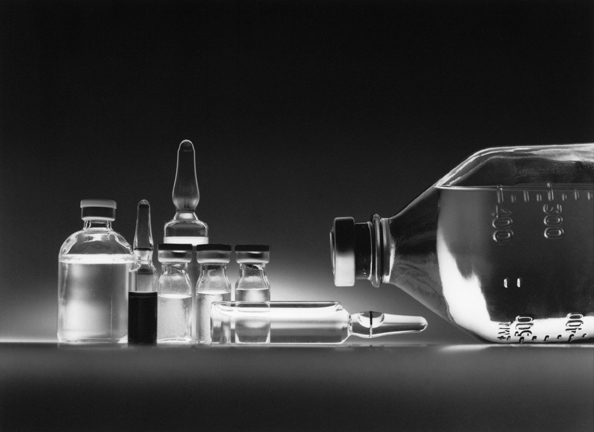Synthetic Lethality in Cancer Treatment
Synthetic lethality describes a strategy that can be applied where two particular mutations result in cell death, but the cancerous cells only have one of those mutations. By artificially inducing the second mutation in the pair, the medicine can induce death in the malignant cell. The medicine induces mutations in the corresponding genes in healthy cells, too, but the healthy cells never had the first mutation. Only cancer cells end up with both mutations and die. In a sense, the therapy induces cancer to kill cancerous cells.
The problem is in finding pairs. In recent years automated screening has allowed scientists to evaluate many combinations of genetic mutations and medicinal compounds. The PARP inhibitors are believed to fight cancer through synthetic lethality. A group of Chinese researchers recently introduced a Synthetic Lethality Knowledge Graph that shows current synthetic lethality schemes. Recent developments in CAR-T technologies may open up new opportunities for synthetic lethality.
A related concept is collateral lethality, which is the development of therapies that delete, or induce deletion of “passenger genes”.
In a way, this is using cancer’s modus operandi against itself. Cancers often start when tumor suppressor genes are deleted. The deletions often also take out nearby genes and that action might open up vulnerabilities, Many genes provide essential housekeeping functions and are in the cell in pairs. If one of the pair is deleted (say when the tumor suppressor gene is deleted), the cell can continue as normal because the redundant housekeeper gene takes up any slack. So a treatment that deleted this second housekeeping gene would stop division of the malignant cell without affecting healthy cells which have not suffered a tumor suppressant gene deletion. This is the idea behind proposed passenger gene deletion therapy. Also called “collateral lethality”, it is a form of synthetic lethality but the flip side from the type of synthetic lethality induced by PARP Inhibitors.
Scientists have demonstrated this concept in the lab, but no passenger deletion treatment has been developed.

References: https://www.nature.com/articles/s41467-021-21544-2
https://www.nature.com/articles/s41467-021-23463-8
https://www.ncbi.nlm.nih.gov/pmc/articles/PMC3712624/
https://www.medscape.com/viewarticle/937378
https://www.nejm.org/doi/full/10.1056/NEJMra2026131
https://www.nejm.org/doi/full/10.1056/NEJMe0903044